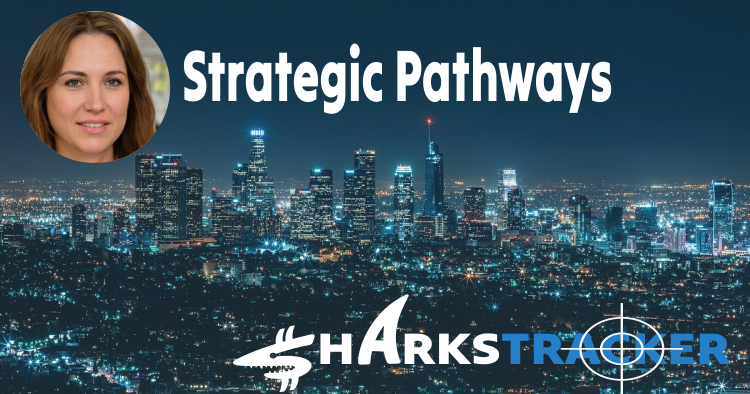Diamondback Energy's Approach to M&A and Capital Structure
2023-08-04
In the recent earnings call meeting, Travis Stice, the Chairman and CEO of the company, led a discussion with analysts and executives to address the company's performance and answer questions. The meeting covered various topics, with the most interesting one being the company's approach to mergers and acquisitions (M&A). Stice highlighted that there are currently limited opportunities for acquisitions in the market, and the company takes a disciplined approach to M&A, focusing on deals that will make them better rather than just bigger. They have successfully created shareholder value through M&A in the past but stress the importance of accountability.
Another topic discussed was the optimal capital structure and cash level for the business. Stice suggested that a leverage ratio of less than one is appropriate for a company of Diamondback's size. He also emphasized the importance of building cash on the balance sheet to be prepared for opportunistic share repurchases in a countercyclical manner.

The company expects a decline in sequential capital expenditure (capex) in the fourth quarter compared to the third quarter, primarily driven by lower activity levels. This reflects the company's response to current market conditions and their focus on managing costs.
The market outlook for the company is positive, as expressed by the CEO. The base dividend has been increased by 5% this quarter, providing a good return for shareholders. Share buybacks are determined based on future cash flow expectations and stock prices, and the company has been repurchasing shares with discretionary free cash flow. The company aims to return 75% of its free cash flow to shareholders, with any remaining funds distributed as a variable dividend.
In terms of oil cuts, the company is focusing on the northern Midland Basin, where it is very oily, and expects the oil cut to stay around 59-60% in the next few years. The market for upstream assets is uncertain, but the company has made asset purchases worth around $140-150 million. Overall, the company's market outlook is positive.
The key drivers of the business discussed in the meeting include efficient capital allocation, inventory quality, well productivity, integration of acquisitions, and forecasted capital expenditure. The company plans to lower capital expenditure in the second half of the year and fully integrate FireBird and Lario into their operations. They aim to run four simulfrac crews efficiently to complete about 80 wells a year, focusing on capital efficiency and profitable value over volumes. They are confident in the forward outlook for well productivity and have a deep portfolio with stability over the next several years. Additionally, they are considering increasing their base dividend, indicating confidence in their future plans.
The most important key performance indicators (KPIs) discussed in the meeting were capital expenditure (capex), rig and frac spread perspective, well productivity, and inventory quality. The company emphasized their focus on efficient capital allocation and cost management by guiding for lower capex in the second half of the year. They also mentioned running four simulfrac crews efficiently and completing about 80 wells a year to maximize value from capital allocation decisions. The company expressed confidence in the forward outlook for well productivity, with steady productivity levels expected and any improvement seen as a positive outcome.
The participants of the call included Travis Stice, Chairman and Chief Executive Officer; Adam Lawlis, Vice President, Investor Relations; Neal Dingmann, Truist Securities - Analyst; Danny Wesson, Chief Operating Officer; Neil Mehta, Goldman Sachs - Analyst; Arun Jayaram, JPMorgan Chase and Company - Analyst; Kaes Van't Hof, President and Chief Financial Officer; Derrick Whitfield, Stifel Financial Corp. - Analyst; Charles Meade, Johnson Rice and Company - Analyst; Subash Chandra, The Benchmark Company - Analyst; Leo Mariani, ROTH MKM - Analyst; and Paul Cheng, Scotiabank - Analyst.
In his closing remarks, Travis Stice expressed appreciation for the participants' questions and encouraged further inquiries to be directed to the company. The overall outlook for the company appears to be optimistic, with a focus on profitability and efficient capital allocation.

